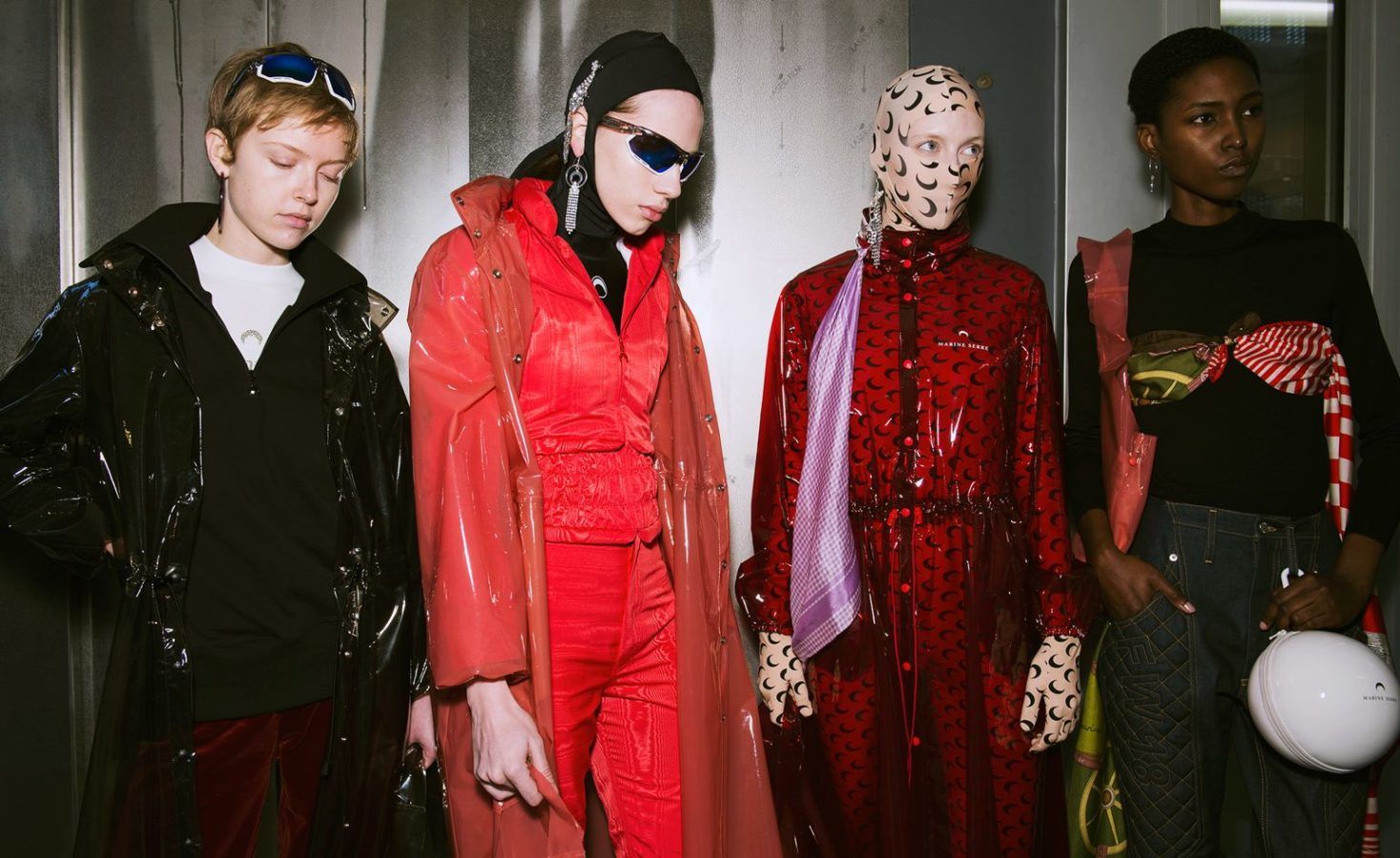Discover how climate change is influencing fashion trends, from sustainable fabrics to slow fashion and upcycling, as the industry adapts to a changing world.
As the effects of climate change become increasingly apparent, industries worldwide are adapting to meet new environmental challenges. The fashion industry, known for its rapid trend cycles and significant environmental impact, is undergoing a transformation driven by the need for sustainability. This article explores how climate change is influencing modern fashion trends, from the rise of eco-friendly and sustainable materials to the resurgence of timeless, durable styles.
The Rise of Sustainable Fabrics
One of the most noticeable shifts in the fashion industry is the growing demand for sustainable fabrics. Traditional textiles, such as cotton and polyester, have significant environmental footprints, including high water usage and the release of microplastics. In response to climate concerns, designers and brands are turning to more sustainable options.
Examples of Sustainable Fabrics
- Organic Cotton: Grown without synthetic pesticides or fertilizers, organic cotton reduces the environmental impact associated with conventional cotton farming. It also requires less water, making it a more sustainable choice.
- Hemp: Known for its durability and low environmental impact, hemp is a rapidly renewable resource. It requires minimal water and no pesticides, making it an ideal fabric for sustainable fashion.
- Tencel and Lyocell: Made from sustainably harvested wood pulp, these fabrics are biodegradable and produced through a closed-loop process, which minimizes waste and emissions.
- Recycled Materials: Fabrics made from recycled plastics, such as PET bottles, are gaining popularity. These materials reduce waste and give new life to otherwise discarded resources.
The Shift Toward Slow Fashion
In contrast to the fast fashion model, which promotes rapid consumption and disposal of clothing, slow fashion emphasizes quality, durability, and ethical production practices. Climate change awareness has played a significant role in driving this shift, as consumers become more conscious of the environmental impact of their purchasing decisions.

Key Principles of Slow Fashion
- Timeless Designs: Slow fashion encourages investing in timeless pieces that can be worn for years, reducing the need for frequent replacements.
- Ethical Production: Slow fashion brands often prioritize fair labor practices, ensuring that workers are paid fairly and work in safe conditions.
- High-Quality Materials: By using high-quality, durable materials, slow fashion reduces waste and encourages a longer lifespan for each garment.
- Local and Artisanal Production: Supporting local artisans and small-scale production helps reduce the carbon footprint associated with global supply chains.
Climate-Inspired Color Palettes and Textures
Climate change is not only influencing the materials used in fashion but also the aesthetic choices of designers. Natural, earthy tones and textures inspired by the environment are becoming more prominent on runways and in retail collections.

Examples of Climate-Inspired Fashion Trends
- Earth Tones: Colors like olive green, rust, and sandy beige are reflective of the natural world and are increasingly popular in sustainable fashion collections.
- Raw Textures: Fabrics that mimic natural textures, such as linen, wool, and raw silk, are being used to create garments that feel connected to the earth.
- Eco-Friendly Dyes: Traditional dyeing processes can be harmful to the environment, leading to the adoption of natural and eco-friendly dyes. These dyes are derived from plants, minerals, and other natural sources, reducing the pollution associated with synthetic dyes.
The Role of Upcycling and Recycling
As the fashion industry grapples with its environmental impact, upcycling and recycling have become central to many designers’ approaches. Upcycling involves repurposing old garments or materials to create new, high-quality pieces, while recycling turns waste materials into new fabrics.

Notable Upcycling and Recycling Initiatives
- Designer Upcycling Collections: Brands like Stella McCartney and Marine Serre are leading the charge in upcycling, creating collections from vintage garments and surplus fabrics.
- Circular Fashion: Some brands are adopting circular fashion principles, where garments are designed to be recycled or upcycled at the end of their life cycle. This approach reduces waste and promotes a more sustainable fashion system.
- Consumer Engagement: Increasingly, brands are encouraging consumers to participate in recycling initiatives by offering incentives for returning old garments, which can then be repurposed or recycled.
The Future of Fashion in a Changing Climate
As climate change continues to shape the world, its influence on fashion will likely deepen. The industry is poised to innovate in response to environmental challenges, embracing new technologies, materials, and practices that prioritize sustainability. From carbon-neutral production methods to innovations in textile science, the future of fashion will be defined by its ability to adapt to the changing climate.
Conclusion for Climate Change Impact on Modern Fashion Trends
Climate change is no longer a distant concern; it is a driving force behind the evolution of modern fashion trends. As the industry shifts toward sustainability, the choices we make as consumers play a crucial role in shaping the future of fashion. By supporting brands that prioritize eco-friendly practices, investing in timeless, durable pieces, and embracing sustainable materials, we can all contribute to a fashion industry that respects and protects our planet.
